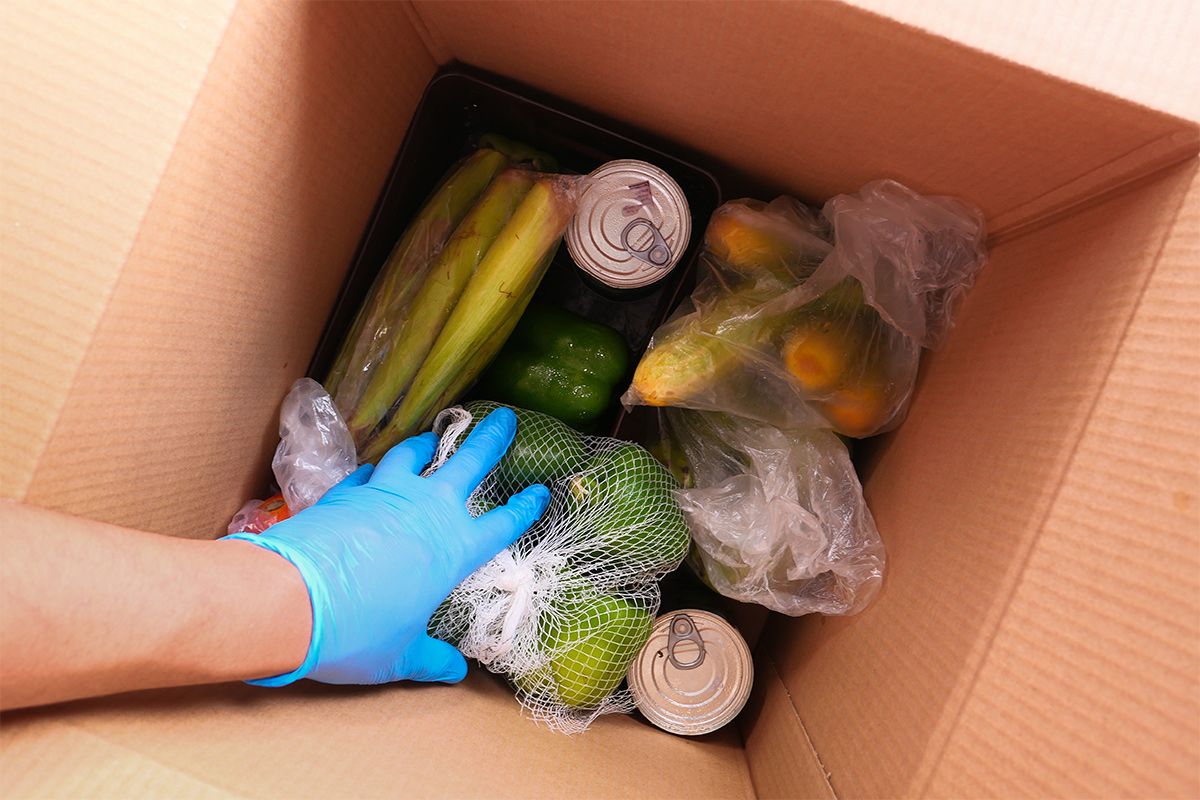India’s evolving consumption patterns offer a fascinating insight into the nation’s economic transformation. The recent findings on household spending reveal a decisive shift away from food staples toward non-food items like transport, garments, and entertainment, signalling changing lifestyles and aspirations. This transformation is not just confined to urban areas but is increasingly visible in rural India, where spending on non-food items has risen significantly over the past decade.
For decades, rural India was characterised by a subsistence-level economy, with a significant portion of household income dedicated to essentials like food. However, the current data points to a broader diversification of spending habits. Today, rural households allocate 53 per cent of their expenditure to non-food items, compared to 47 per cent a decade ago. Urban households, too, have increased this proportion from 57 per cent to 60 per cent. This shift reflects a growing demand for better transport, modern clothing, and entertainment, underscoring aspirations for a higher quality of life. More significantly, the narrowing gap between rural and urban spending is a clear indicator of convergence in consumption patterns. The urban-rural per capita spending disparity has reduced from 84 per cent to 70 per cent in just over a decade. This development can be attributed to a combination of factors, including improved rural incomes through government schemes, increased access to infrastructure, and the proliferation of e-commerce and digital payment systems.
Advertisement
These advancements have empowered rural consumers, offering them access to a wider range of goods and services previously unavailable. This shift highlights not only rising rural aspirations but also the gradual erosion of traditional consumption divides between rural and urban India.However, the journey is far from over. While rural nominal spending has shown impressive growth, inflation-adjusted figures reveal a more modest rise of 3.5 per cent, underscoring the persistent challenges posed by inflation. In urban areas, where spending growth has been more subdued, inflation has further constrained purchasing power. These disparities highlight the need for policies that not only address inflation but also sustain income growth, particularly in rural areas. The shift in spending patterns also carries significant implications for India’s consumer price index (CPI), which plays a crucial role in shaping monetary policy.
A reduced weighting for food items, reflecting the evolving consumption basket, is likely to better capture inflation trends. This recalibration, coupled with the planned base year update for the CPI, will provide policymakers with a more accurate tool for decision-making, potentially benefiting both consumers and the economy. As consumption accounts for nearly 60 per cent of India’s economic activity, the shift toward non-food spending marks a pivotal moment. It signals not just economic growth but also the aspirations of millions striving for better lives. The narrowing rural-urban gap offers hope for a more equitable and inclusive economic landscape. However, sustaining this momentum will require targeted investments in infrastructure, education, and healthcare, ensuring that the benefits of economic growth reach every corner of India.
















